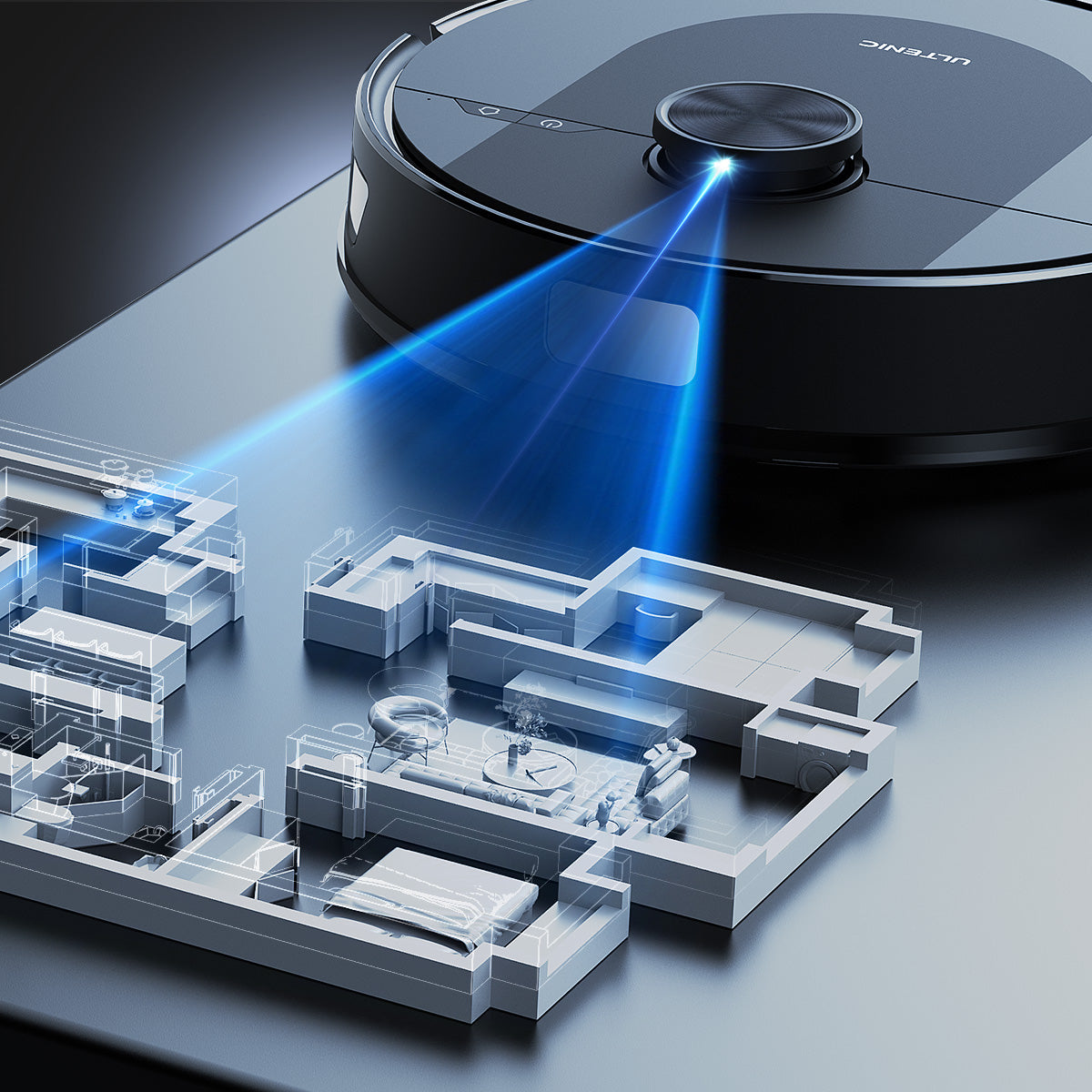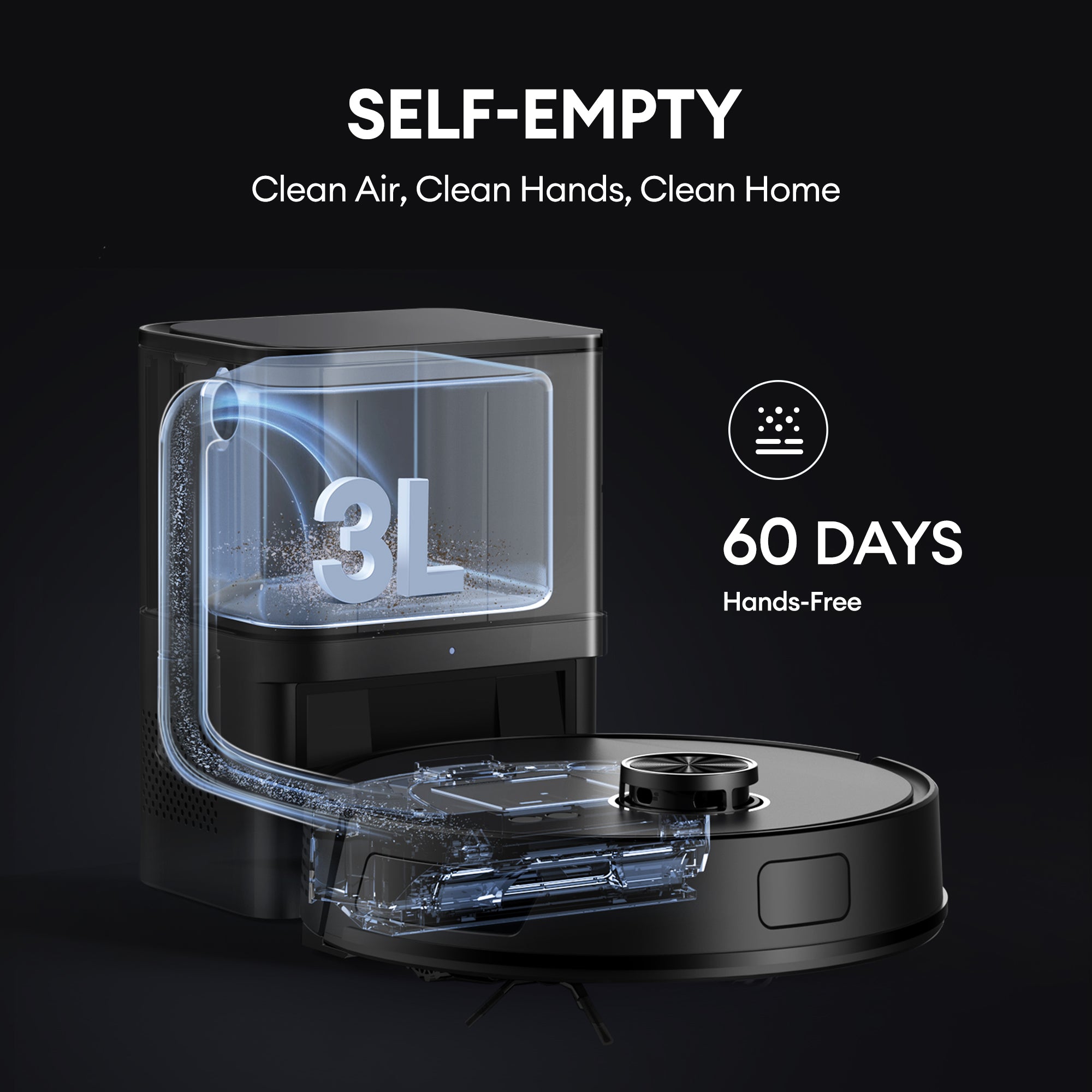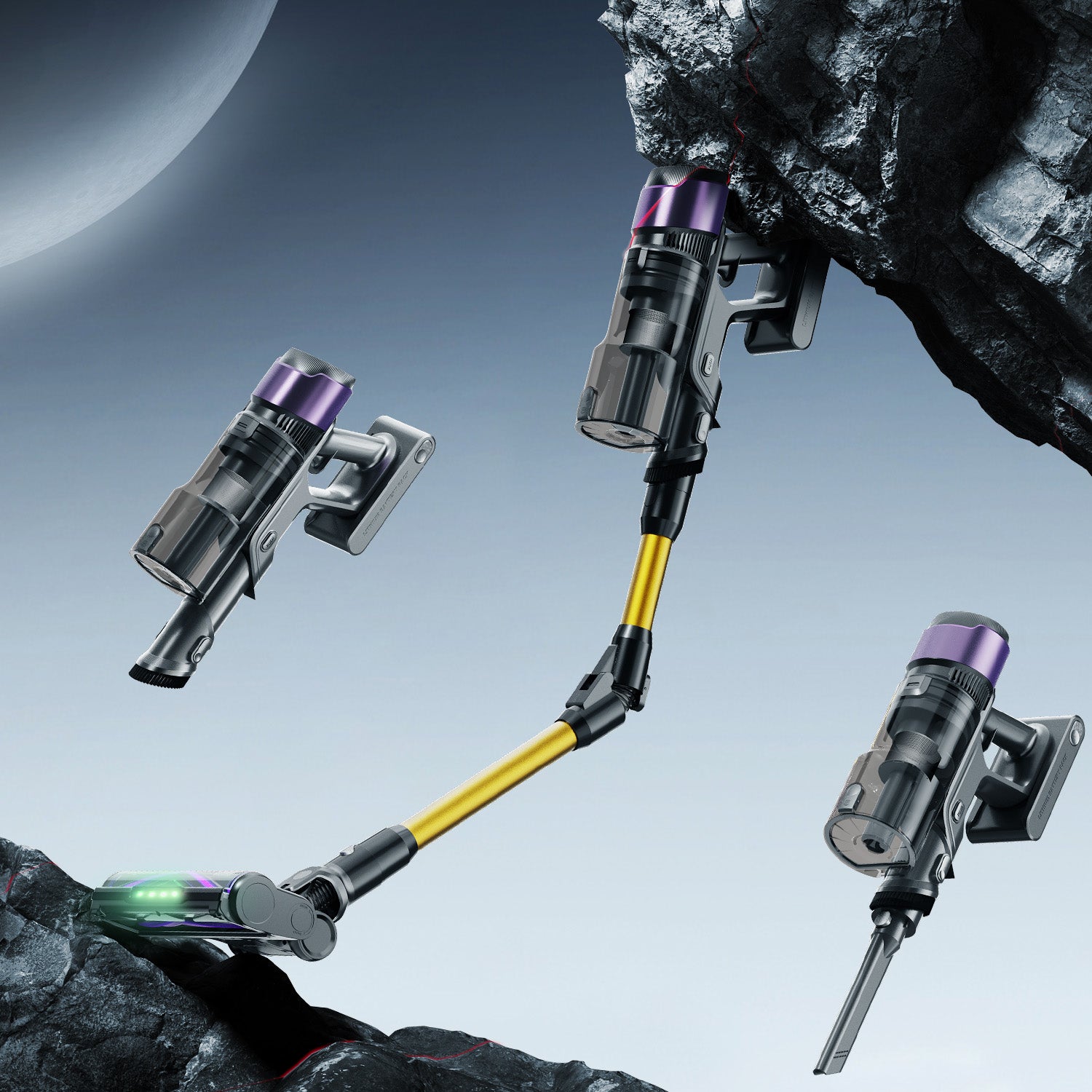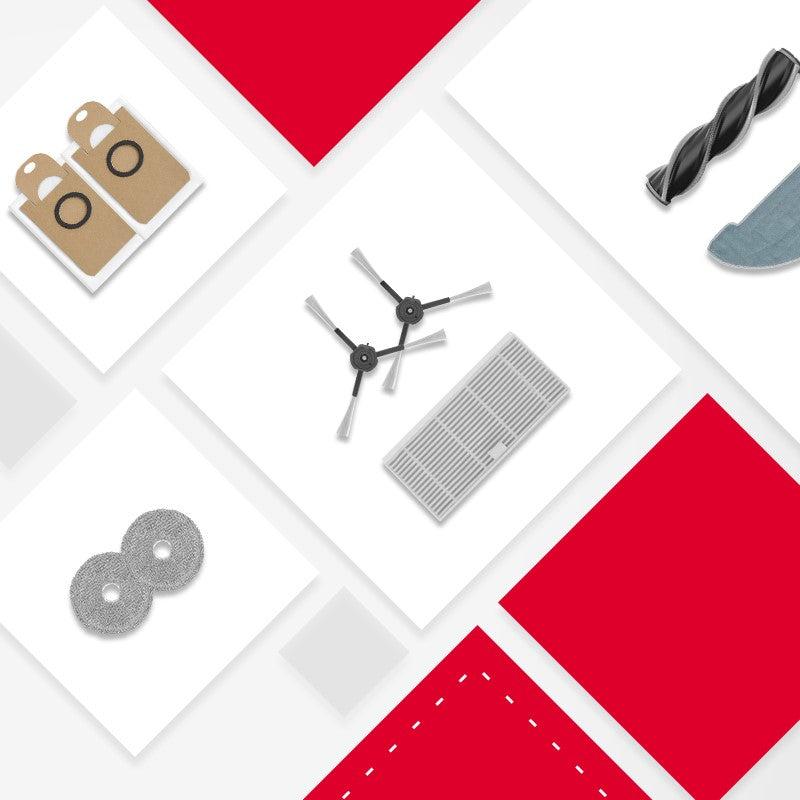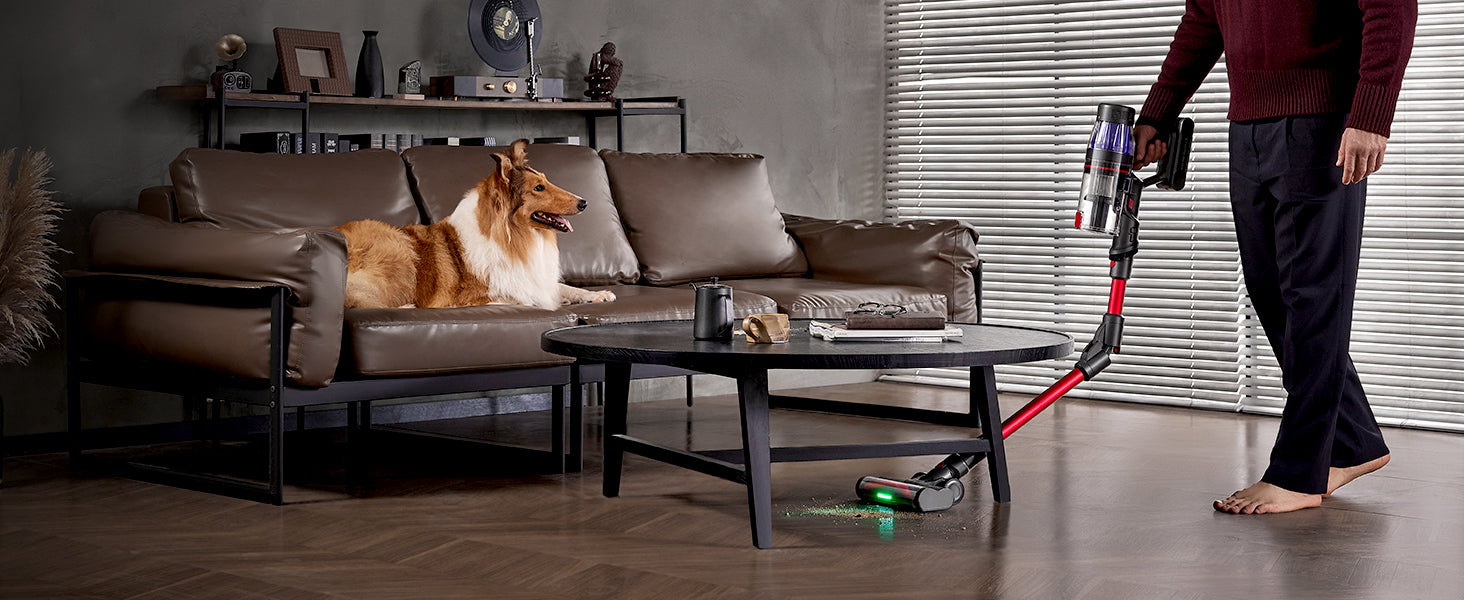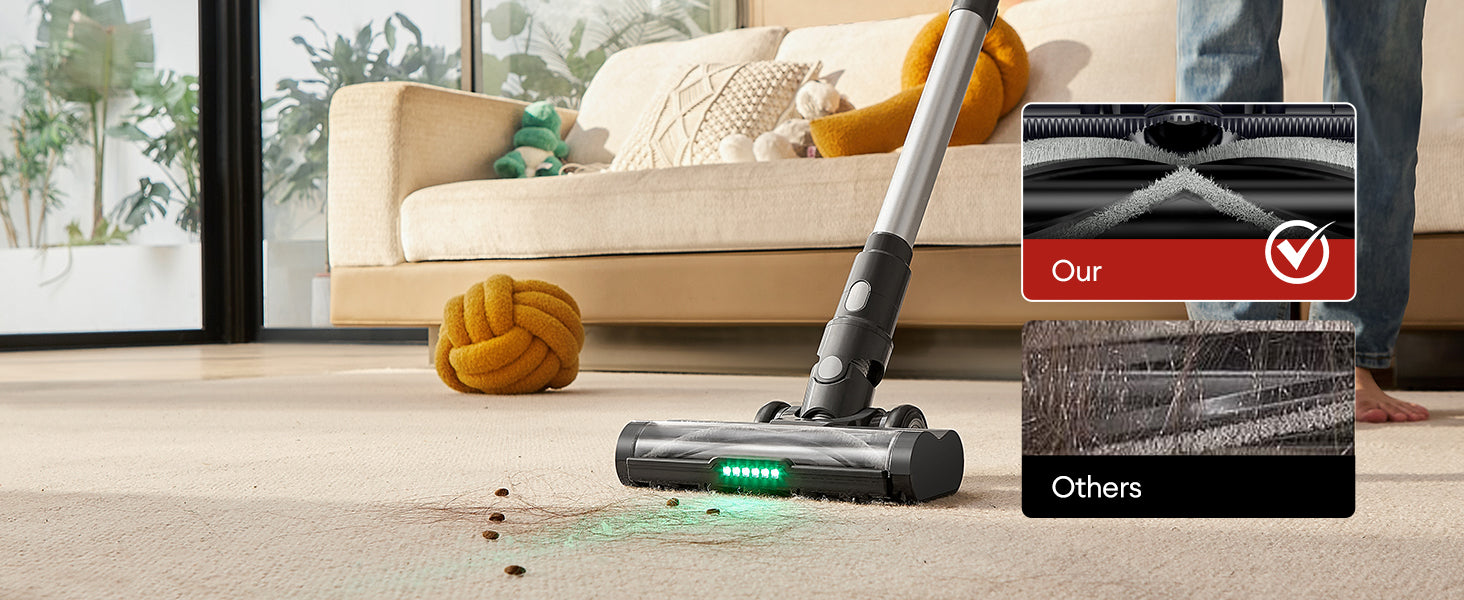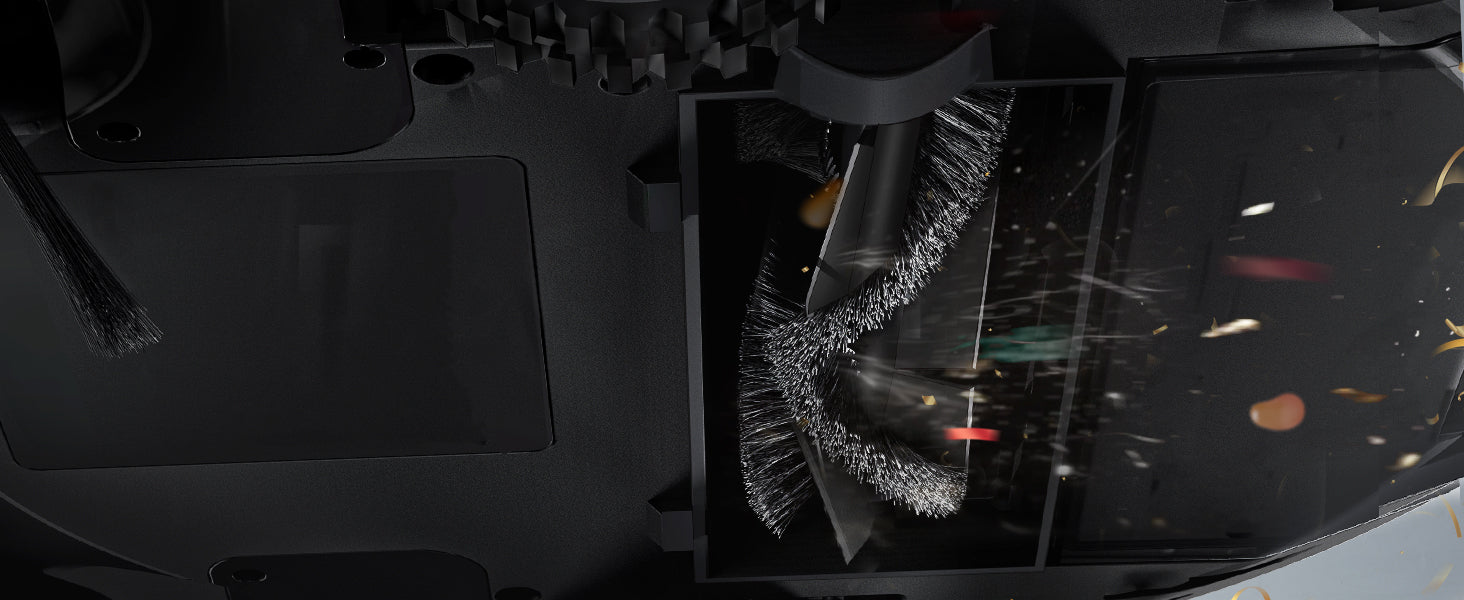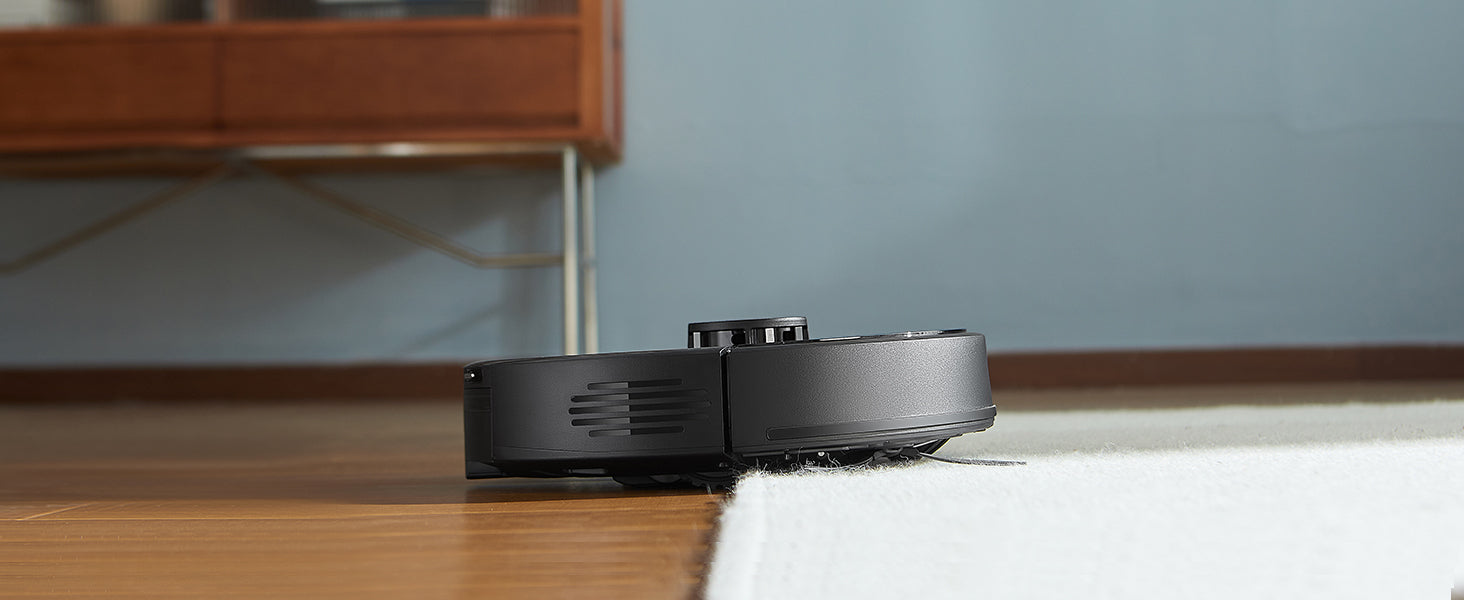Choosing the Best Vacuum Cleaner for Hardwood Floors: A Complete Guide to Protect and Clean Your Wood Surfaces
Hardwood floors are a beautiful and durable choice for any home, but they require special care to maintain their elegance and longevity. Selecting the best vacuum cleaner for hardwood floors is crucial because not all vacuums are designed to clean wood surfaces safely and effectively. This guide dives into what makes a vacuum ideal for hardwood floors, common pitfalls to avoid, and top features to look for to keep your floors pristine without damage.
Why Choosing the Right Vacuum Cleaner for Hardwood Floors Matters
Hardwood floors can be easily scratched, dented, or dulled by improper cleaning tools. Many traditional vacuum cleaners come with stiff bristles, hard plastic wheels, or beater bars designed for carpets, which can cause irreversible damage to wood surfaces. For example, vacuums with rolling brushes or stiff bristles may leave scratches or dents, and plastic wheels can mar the finish.
Using a vacuum specifically designed or adapted for hardwood floors protects your investment by:
- Preventing scratches and dents
- Effectively removing fine dust, pet hair, and debris from cracks
- Avoiding moisture damage if combined with mopping features
- Maintaining the floor’s shine and finish over time
Key Features to Look for in a Vacuum Cleaner for Hardwood Floors
1. Soft Brush Rolls or Brushless Heads
A soft-bristled brush roll or a brushless vacuum head is essential to avoid scratching. Many top models feature specialized parquet or soft roller brushes that gently sweep away dirt without damaging delicate wood surfaces. For instance, the Miele Complete C3 Calima PowerLine uses a swiveling, soft-bristled parquet brush that is gentle and easy to maneuver on hardwood. Similarly, Dyson’s FluffyOptic floor head with carbon fiber filaments prevents scratches while illuminating hidden dust.
2. Adjustable Suction Power
Strong suction power is necessary to pick up fine dust, pet hair, and debris lodged between floorboards. However, too much suction or an aggressive brush can harm the floor. Look for vacuums with adjustable suction settings so you can tailor the cleaning power to your floor’s needs. Canister vacuums often offer this feature, making them versatile for hardwood floors.
3. Rubber or Felt Wheels
Vacuum wheels should be made of rubber or felt, not hard plastic or metal, to prevent scratching or denting the floor. Rubber wheels create a protective barrier and glide smoothly, preserving the wood finish.
4. Multiple Attachments for Versatility
Good hardwood floor vacuums come with specialized attachments such as soft dusting brushes, crevice tools, and upholstery brushes. These tools help clean edges, corners, and furniture without damaging surfaces.
5. Lightweight and Maneuverable Design
Since hardwood floors often extend across large areas and into tight spaces, a lightweight vacuum that is easy to push and steer reduces fatigue and improves cleaning efficiency. Cordless stick vacuums are popular for this reason, offering portability and ease of use.
6. HEPA Filtration (Optional)
If you or your family suffer from allergies, consider a vacuum with a true HEPA filter to trap fine dust and allergens, preventing them from recirculating into the air.
Types of Vacuums Suitable for Hardwood Floors
Canister Vacuums
Canister vacuums are highly recommended for hardwood floors due to their versatility, adjustable suction, and soft-bristled attachments. Their design allows for easy movement around furniture and effective cleaning of edges and corners.
Cordless Stick Vacuums
Cordless stick vacuums combine power and convenience, being lightweight and easy to store. Many models now feature soft brush heads and strong suction tailored for hardwood floors, making them a favorite for quick and regular cleaning.
Upright Vacuums with Hardwood Settings
While upright vacuums are traditionally more suited to carpets, some modern models come with floor heads designed for hard floors, featuring soft brushes and suction control. For example, the Shark POWERDETECT uses dual brush rolls safe for hardwood and adjusts suction based on floor type.
Robot Vacuums
Robot vacuums are increasingly popular for hardwood floors because they can vacuum and mop with controlled moisture, preventing water damage. Models like the Roborock Q5 Max+ and DEEBOT series have soft brushes, strong suction, and smart sensors to avoid scratches and adjust cleaning based on floor type.
Best Practices for Vacuuming Hardwood Floors
- Vacuum regularly, at least once a week, to prevent dirt buildup that can scratch the surface.
- Always use the vacuum’s hard floor setting or turn off rotating brushes to avoid damage.
- Check and clean the vacuum’s wheels and brushes frequently to remove debris that could scratch floors.
- Vacuum before mopping to avoid spreading dust and dirt with moisture.
- Avoid vacuums with stiff bristles or beater bars unless they can be disabled.
Conclusion
Choosing the right vacuum cleaner for hardwood floors involves balancing powerful suction with gentle cleaning mechanisms to protect your wood surfaces. Prioritize vacuums with soft brush rolls, adjustable suction, rubber wheels, and specialized attachments. Whether you prefer canister, cordless stick, upright, or robot vacuums, selecting a model designed or adaptable for hardwood floors will keep your floors looking beautiful and extend their lifespan.
Regular vacuuming combined with proper technique ensures your hardwood floors remain a stunning centerpiece in your home for years to come.

